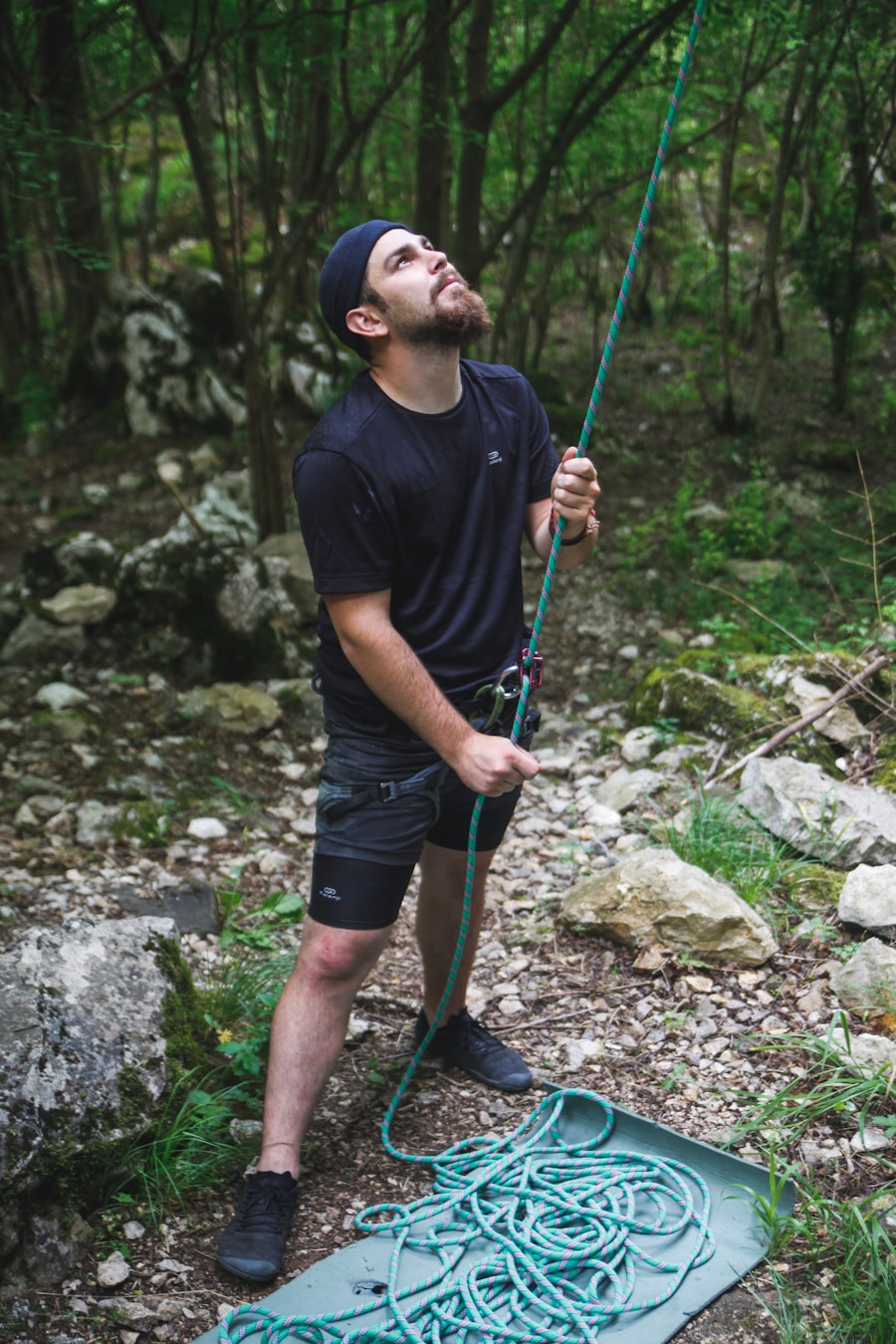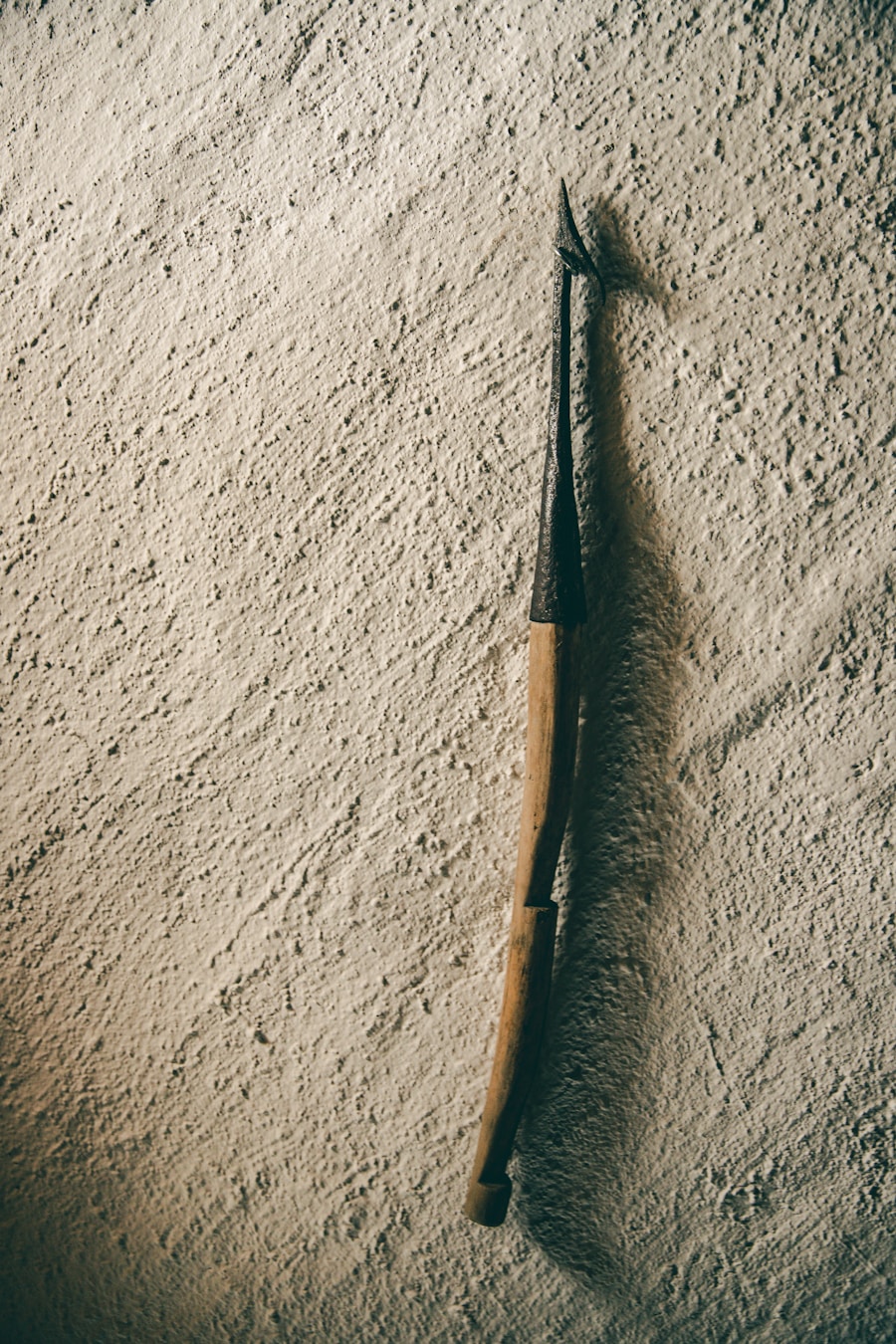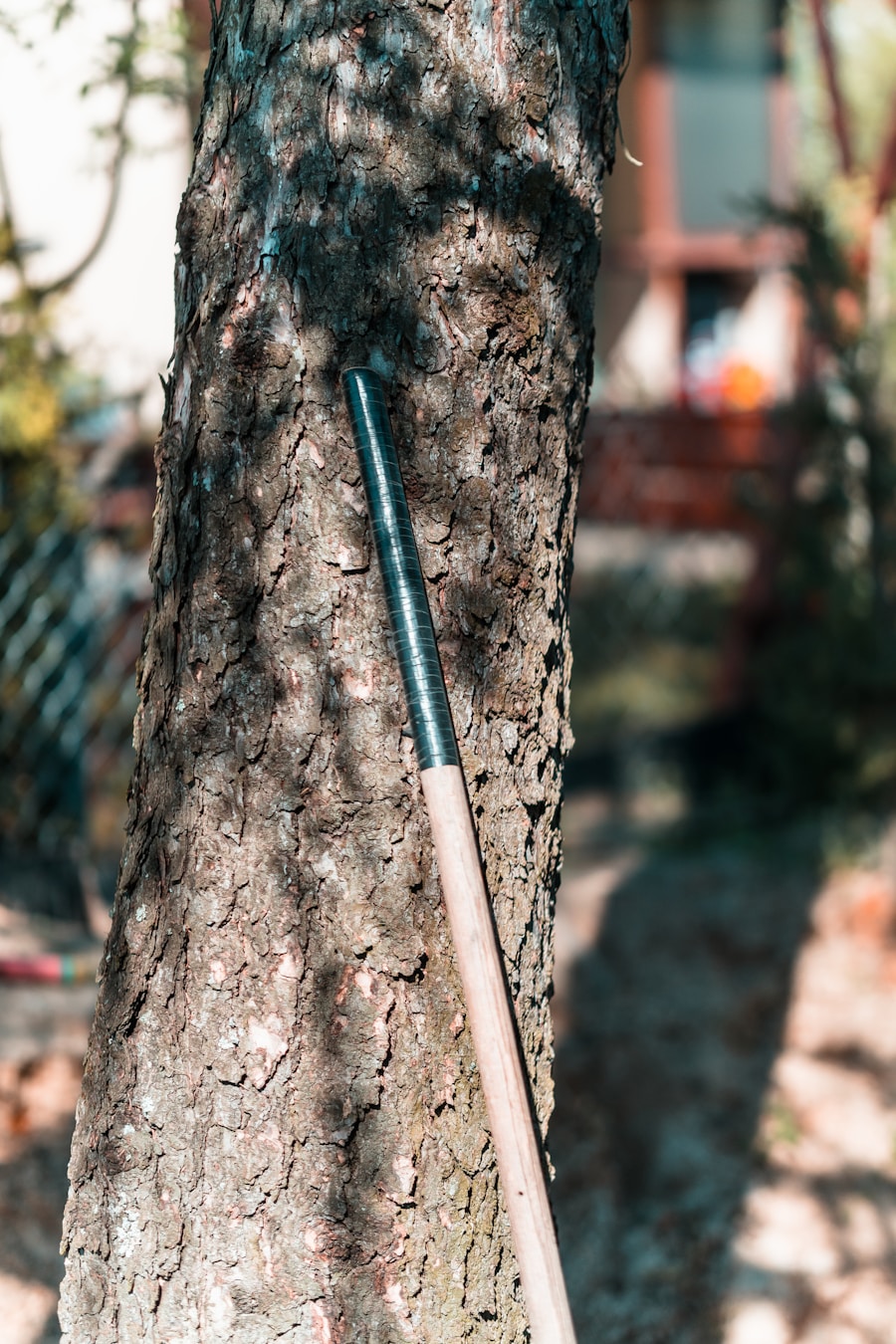Selecting the appropriate wood for your hiking stick is a crucial first step in the crafting process. Different types of wood offer varying levels of strength, weight, and flexibility, which can significantly affect your hiking experience. Hardwoods such as oak, maple, and hickory are often favored for their durability and resistance to wear.
Oak, for instance, is renowned for its strength and ability to withstand the rigors of outdoor use, making it an excellent choice for a hiking stick that will endure rough terrain. Maple, while slightly lighter, still provides a robust structure and has a beautiful grain that can enhance the aesthetic appeal of your stick. On the other hand, softwoods like pine or cedar can also be considered, especially if you prioritize weight over durability.
Cedar is particularly interesting due to its natural resistance to moisture and decay, which can be beneficial if you plan to hike in wet conditions. Additionally, the aromatic properties of cedar can add a sensory element to your hiking experience. When choosing wood, consider not only the physical characteristics but also the availability and sustainability of the material.
Sourcing local wood can reduce your environmental impact and support local ecosystems.
Key Takeaways
- Choose a durable and lightweight wood like hickory or ash for your hiking stick
- Measure the hiking stick to the height of your wrist when your arm is at your side for the perfect length
- Sand the hiking stick to remove rough edges and shape it for a comfortable grip
- Add personal touches like carvings or decorations to make your hiking stick unique
- Seal or stain your hiking stick to protect it from the elements and enhance its natural beauty
Measuring and Cutting the Hiking Stick to the Perfect Length
Once you have selected your wood, the next step is to measure and cut it to the appropriate length. The ideal height for a hiking stick typically ranges from the ground to the wrist when standing upright with your arms relaxed at your sides. A general rule of thumb is to subtract about 10-15 inches from your height to determine the optimal length.
For example, if you are 6 feet tall, a hiking stick around 54-56 inches would likely be suitable. However, personal preference plays a significant role; some hikers may prefer a longer stick for added reach or a shorter one for better maneuverability. When cutting your wood, precision is key.
Use a saw that is appropriate for the type of wood you have chosen; a hand saw or a miter saw can work well for most hardwoods. Ensure that you make clean cuts to avoid splintering, which can compromise the integrity of your hiking stick. After cutting, it’s advisable to check the length again before proceeding to the next steps.
This ensures that you have not made any miscalculations and that the stick will meet your specific needs on the trail.
Sanding and Shaping the Hiking Stick for Comfort and Grip

After cutting your hiking stick to size, sanding and shaping it becomes essential for comfort and usability. The goal here is to create a smooth surface that feels good in your hand while also providing a secure grip. Start with coarse sandpaper (around 80-grit) to remove any rough edges or splinters left from cutting.
Gradually move to finer grits (up to 220-grit) to achieve a polished finish that feels pleasant against your skin. In addition to smoothing the surface, consider shaping the handle for better ergonomics. A comfortable grip can significantly enhance your hiking experience, especially during long treks.
You might choose to carve out a slight contour where your hand will rest or even add finger grooves for added control. This customization not only improves functionality but also allows you to express your personal style through the design of your hiking stick.
Adding Personal Touches and Decorations to Your Hiking Stick
| Personal Touches and Decorations | Benefits |
|---|---|
| Carving initials or name | Personalizes the hiking stick |
| Attaching small trinkets | Adds a unique touch |
| Painting nature scenes | Enhances the aesthetic appeal |
| Wrapping with colorful paracord | Provides a comfortable grip |
Personalization is what transforms a simple hiking stick into a unique piece that reflects your personality and experiences. There are countless ways to add decorative elements to your stick. You might consider carving symbols or initials into the wood, which can serve as a reminder of special hikes or milestones in your life.
For instance, if you have a favorite mountain or trail that holds significance for you, carving its name or an emblem associated with it can create a meaningful connection.
Beyond carving, painting or applying decals can also enhance the visual appeal of your hiking stick. Using outdoor-grade paints ensures that your designs withstand exposure to the elements.Alternatively, you could wrap sections of the stick with colorful paracord or fabric for added texture and grip. This not only makes your hiking stick visually striking but also provides additional functionality; paracord can be unraveled in emergencies for various uses.
Staining or Sealing Your Hiking Stick for Protection
To ensure longevity and protect your hiking stick from environmental factors, applying a stain or sealant is highly recommended. Staining enhances the natural beauty of the wood while providing a layer of protection against moisture and UV rays. Choose a stain that complements the wood type you’ve selected; darker stains can highlight grain patterns beautifully while offering additional protection.
Sealing is equally important, especially if you plan on using your hiking stick in wet conditions or storing it outdoors. A clear polyurethane sealant can create a waterproof barrier that prevents damage from rain or humidity. When applying these finishes, ensure you work in a well-ventilated area and follow the manufacturer’s instructions for drying times and application methods.
This step not only preserves the integrity of your hiking stick but also enhances its overall appearance.
Attaching a Wrist Strap or Lanyard for Easy Carrying

A wrist strap or lanyard is an essential addition to your hiking stick, providing convenience and security during your outdoor adventures. When navigating uneven terrain or steep inclines, having a strap allows you to maintain control of your stick without having to grip it tightly at all times. This feature is particularly useful when you need both hands free for climbing or balancing.
To attach a wrist strap, you can either purchase pre-made straps designed for hiking sticks or create one yourself using durable materials like nylon webbing or paracord. If you opt for a DIY approach, ensure that the attachment point on your stick is secure; drilling a small hole near the top of the handle allows you to thread the strap through easily. This simple addition not only enhances functionality but also adds an extra layer of personalization to your custom hiking stick.
Tips for Maintaining and Caring for Your Custom Hiking Stick
Maintaining your custom hiking stick is vital for ensuring its longevity and performance on the trails. Regular inspections are essential; check for any signs of wear, such as cracks or splintering in the wood, especially after extensive use in rugged conditions. If you notice any damage, address it promptly by sanding down rough areas or applying additional sealant where necessary.
Cleaning is another important aspect of maintenance. After each hike, wipe down your stick with a damp cloth to remove dirt and moisture that may have accumulated during your trek. Avoid soaking it in water, as prolonged exposure can lead to warping or decay over time.
If you’ve used your hiking stick in particularly muddy conditions, consider using a soft brush to gently scrub away stubborn dirt without damaging the finish.
Using Your Custom Hiking Stick on the Trails: Tips for Proper Technique
Once you’ve crafted your custom hiking stick, understanding how to use it effectively on the trails is crucial for maximizing its benefits. Proper technique involves using the stick as an extension of your body rather than merely as a support tool. When ascending hills, plant the stick firmly ahead of you to help propel yourself upward while maintaining balance; this technique distributes weight more evenly across your legs and reduces strain on your knees.
Conversely, when descending steep slopes, use the stick as a stabilizing force by placing it downhill before taking each step. This practice helps absorb impact and provides additional support as you navigate tricky terrain. Additionally, remember to switch hands periodically; this not only prevents fatigue but also allows both sides of your body to engage equally during hikes.
By mastering these techniques, you’ll enhance both safety and enjoyment on every adventure with your custom hiking stick.
If you’re planning a hiking adventure, you may also want to consider investing in a pair of compact binoculars to enhance your outdoor experience. These handy tools can help you spot wildlife, admire scenic views, and navigate your surroundings with ease. Plus, they’re lightweight and easy to pack, making them a must-have accessory for any outdoor enthusiast.
Love travel? Join Our Facebook Community
FAQs
What is a hiking stick?
A hiking stick, also known as a walking stick or trekking pole, is a long stick or pole used by hikers for support and stability while walking on trails or rough terrain.
Why use a hiking stick?
Hiking sticks provide stability and support while walking on uneven or challenging terrain. They can also help reduce strain on the knees and legs, and provide additional balance on steep inclines or descents.
How do you make a hiking stick?
To make a hiking stick, you can start with a sturdy and straight stick or pole, preferably made of wood. You can then sand it down to remove any rough spots, add a grip or handle for comfort, and customize it with decorations or personal touches.
What materials are needed to make a hiking stick?
To make a hiking stick, you will need a sturdy and straight stick or pole, sandpaper for smoothing rough spots, a grip or handle for comfort, and any decorations or personal touches you may want to add.
Are there any safety considerations when using a hiking stick?
When using a hiking stick, it’s important to be mindful of your surroundings and the terrain. Make sure the stick is the right height for your body, and use it to test the stability of the ground before putting your full weight on it. Additionally, be aware of others around you when using a hiking stick in a crowded area.
